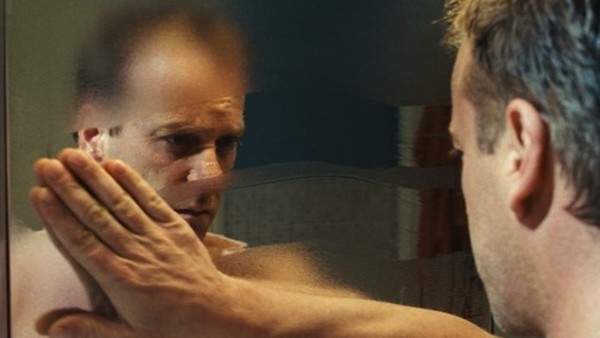10 Subtle Tricks Horror Movies Use To Scare You
The behind-the-scenes secrets and psychological trickery that goes into scaring audiences...

Of all genres, horror films are particularly infamous for using all manner of visual trickery and technical sleight of hand in order to get the right audience reaction. Most genres need their characters to do most of the dramatic heavy lifting, but the likes of horrors, thrillers, action movies, and any other film trying to provoke a primal response can use pure filmmaking prowess to scare and surprise their viewers.
After all, the audience needs scene after scene of conversation and interplay to care about our hero's impending divorce. But the average viewer doesn't even need to know the main character's name to be shocked when a jump scare rears its ugly head.
Not that every trick horror filmmakers use is as unsubtle and easily spotted as the much-maligned jump scare, though. Whilst that one might be infamous amongst horror nerds and the genre's critics, there are all manner of behind-the-scenes tricks of the trade that horror directors have managed to keep mostly under wraps.
Luckily, WhatCulture is here to lift the lid on this technical trickery to reveal the secrets horror filmmakers used to keep you on the edge of your seat.
(No guarantee that jump scares won't work on you after this article, though).
10. Intentional Continuity Errors

This one is truly insidious, mainly because lazy directors can pull it off by accident and seem like veritable horror geniuses after the fact.
For most films, continuity errors are minor missteps at best and slightly embarrassing mistakes at worst. Most viewers scarcely even notice a minor error, and of the few who do, very few audience members would say that an inconsistent background ruined their cinema experience.
But from some horror filmmakers, continuity errors can become a mind game they can play on unsuspecting viewers.
This may be as simple as a chair appearing and disappearing in the background between shots, a tiny minor detail which only obsessive re-watcher would be able to single out but which the viewer is subconsciously able to perceive without devoting their focus to it. This leaves them with an ineffable sense that something is "off", a vague feeling the director has subtly slipped in.
Or it could be as elaborate as cinematic master Stanley Kubrick's approach when filming the Overlook Hotel sets for The Shining. The legendary director made it clear through camerawork that the hotel was a geometric impossibility with overlapping floors and dead ends everywhere, but the effect on moviegoers was disorientation and a mild headf*** feeling.